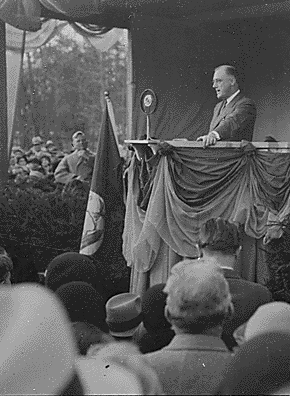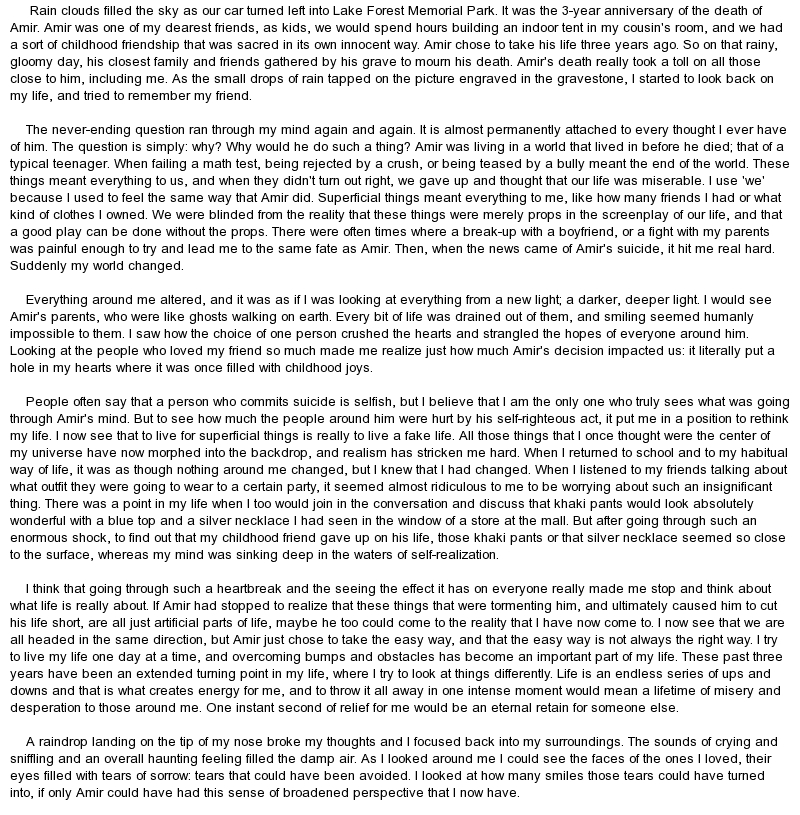A Comparison of Low-Molecular-Weight Heparin with.
Low-molecular-weight heparins share a number of properties, but they differ in profiles of the distribution of molecular weight, specific activities (measured as the ratio of factor Xa to factor.Consequently it can only be administered to a hospitalized patient. Adverse effects like bleeding, heparin induced thrombocytopenia and osteoporosis on prolonged use may be troublesome. Over the past decade newer heparins, the low molecular weight heparin (LMWH) have emerged.Unfractionated heparin is largely replaced by low molecular weight heparin in the management of venous thromboembolism treatment and management and acute coronary syndrome. LMWH (Low molecular weight heparin) is also preferably used for venous thrombosis prophylaxis. Difference between unfractionated heparin and low molecular weight heparin.
In view of the potential of low-molecular-weight heparins (LMWH) to simplify initial therapy and allow outpatient treatment of proximal deep-vein thrombosis, we undertook a randomised comparison.Low-molecular-weight heparins are derived from unfractionated heparin by a process that results in heterogenous molecules with molecular weights between 1000 and 5000. These are approximately one third the size of standard heparin. The lower-molecular-weight fragments greatly reduce the inactivation of thrombin by antithrombin III because the.

LOW MOLECULAR WEIGHT HEPARINS MOLECULAR WEIGHT DISTRIBUTION FIG. 3. Amidolylic anli-Xa activity of enoxaparin, datteparin, and ardeparin. The anli-Xa activity is expressed in terms of units per milligram potency. fractionated heparin, as measured by a bleeding index. The highest bleeding index (most bleeding) is seen with.












